Your fine jewelry was meticulously crafted, so when a repair job is needed, you want to know it’s treated with the same standard of care. However, not all jewelry repair specialists will provide the level of service your precious pieces require.
Here, we go over some of the most common jewelry repair services and why you should have them performed by highly experienced professionals, like those at Coffin & Trout.
Common Jewelry Repair Services
Jewelry Resizing
A common service for rings, resizing involves adjusting a piece of jewelry to fit the wearer perfectly. While it may seem like a basic service, resizing should be left to highly skilled repair technicians. A poor resizing job could weaken the structure of your jewelry or result in aesthetic flaws.

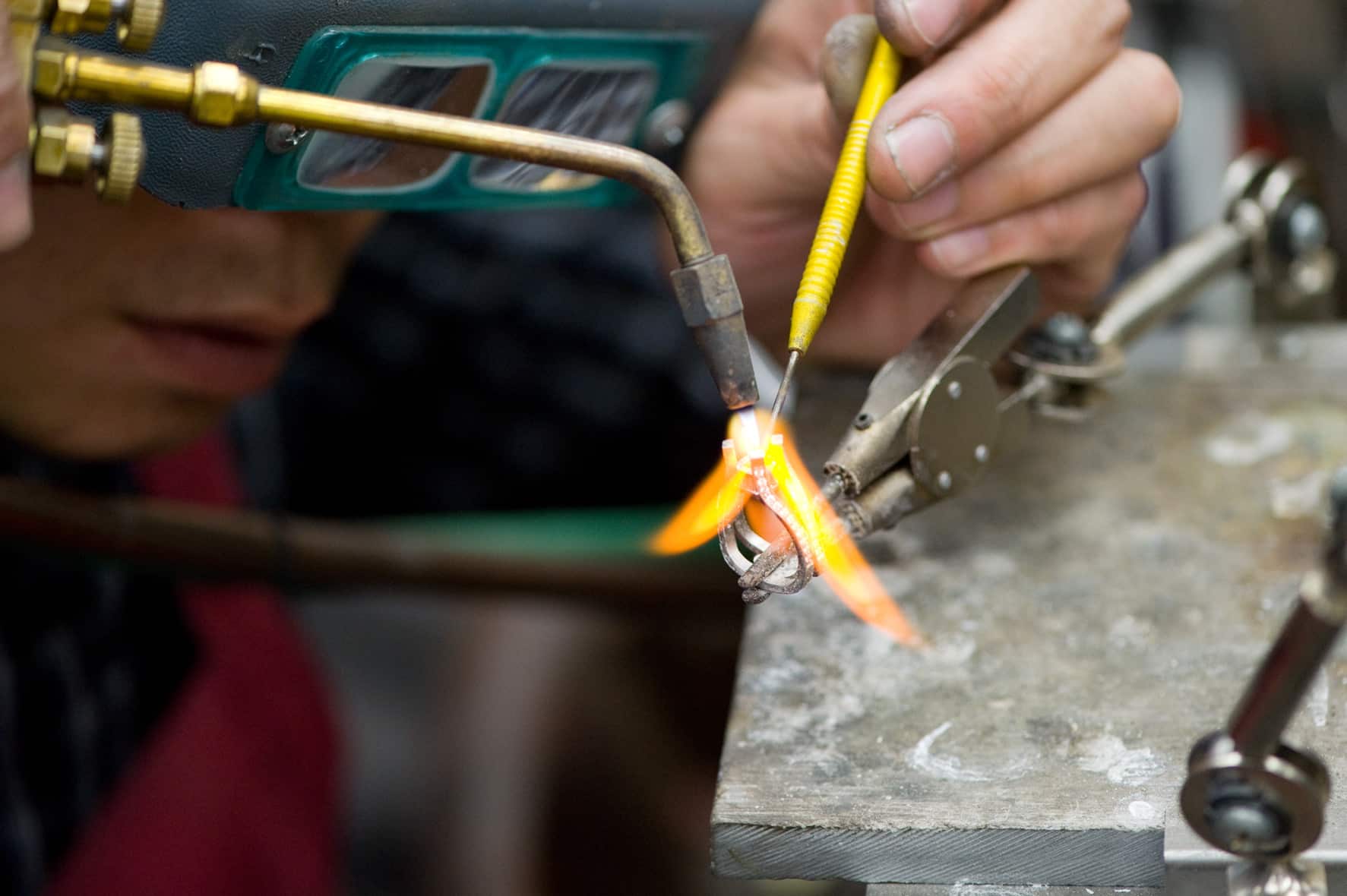
Prong Replacement or Tightening
Prongs keep your precious gemstones in place, but they can start to loosen or wear down over time. If the damage is minimal, a professional repair technician may simply bend the prong back into place. For more extensive damage, they may need to re-tip the prong or replace it completely. Here at Coffin & Trout, our shop commonly uses our laser welder for such repairs which is the optimal tool for re-tipping. This is a machine that most shops don’t possess.
Chain or Clasp Repair
You wouldn’t trust your precious pieces with just anyone, so take the time to inquire about the jeweler’s qualifications and experience, perhaps even asking to see examples of previous repair jobs. In many cases, if you’re working with a shop that creates custom jewelry, there’s a good chance they have trained craftsmen who are also highly skilled in repair.
When a necklace or bracelet breaks, people often attempt to do the repair themselves, but the tools and materials available to the average consumer are usually low quality. Instead, bring your piece to a professional with the right resources and skill level to get the job done right.
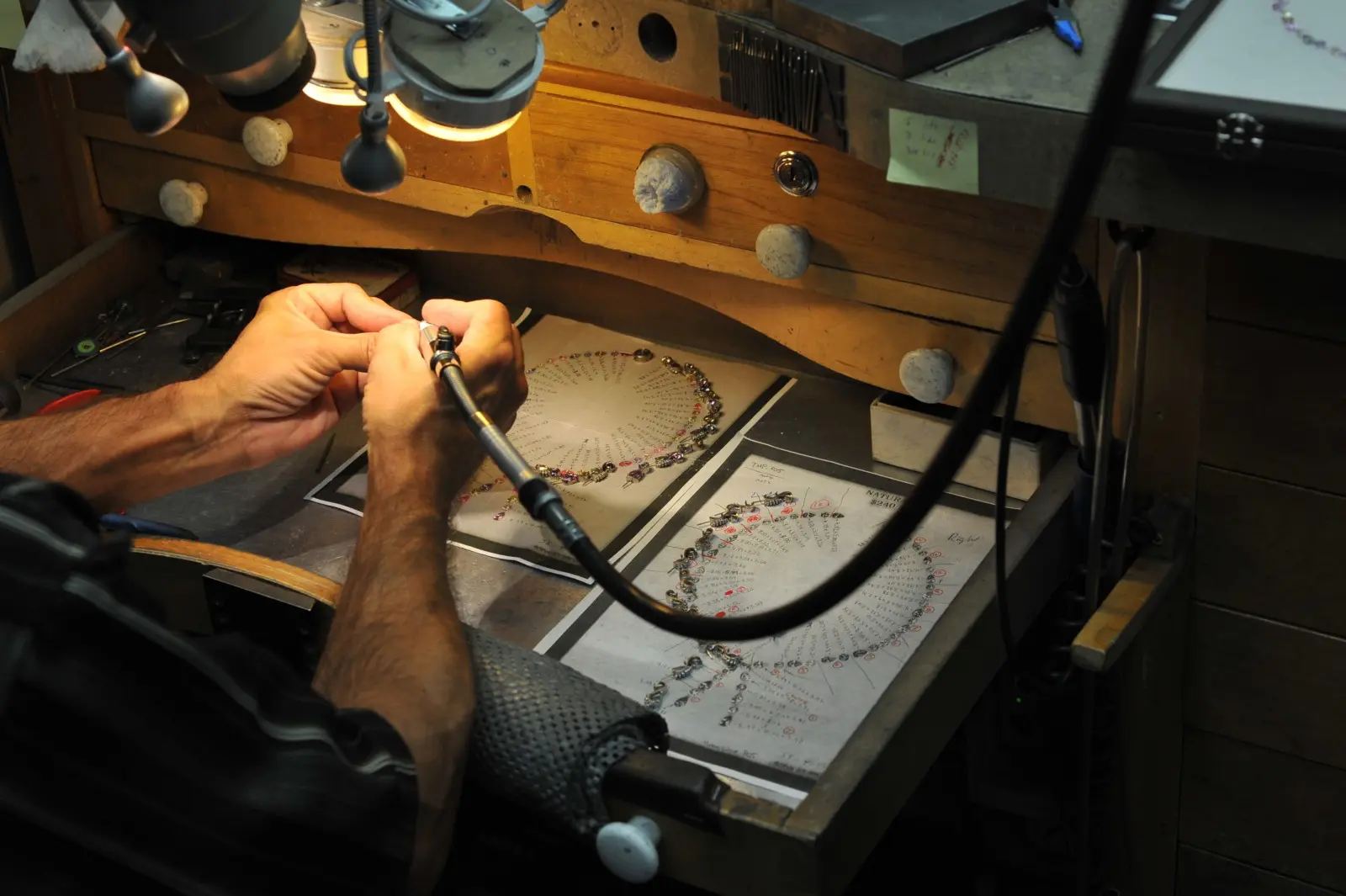
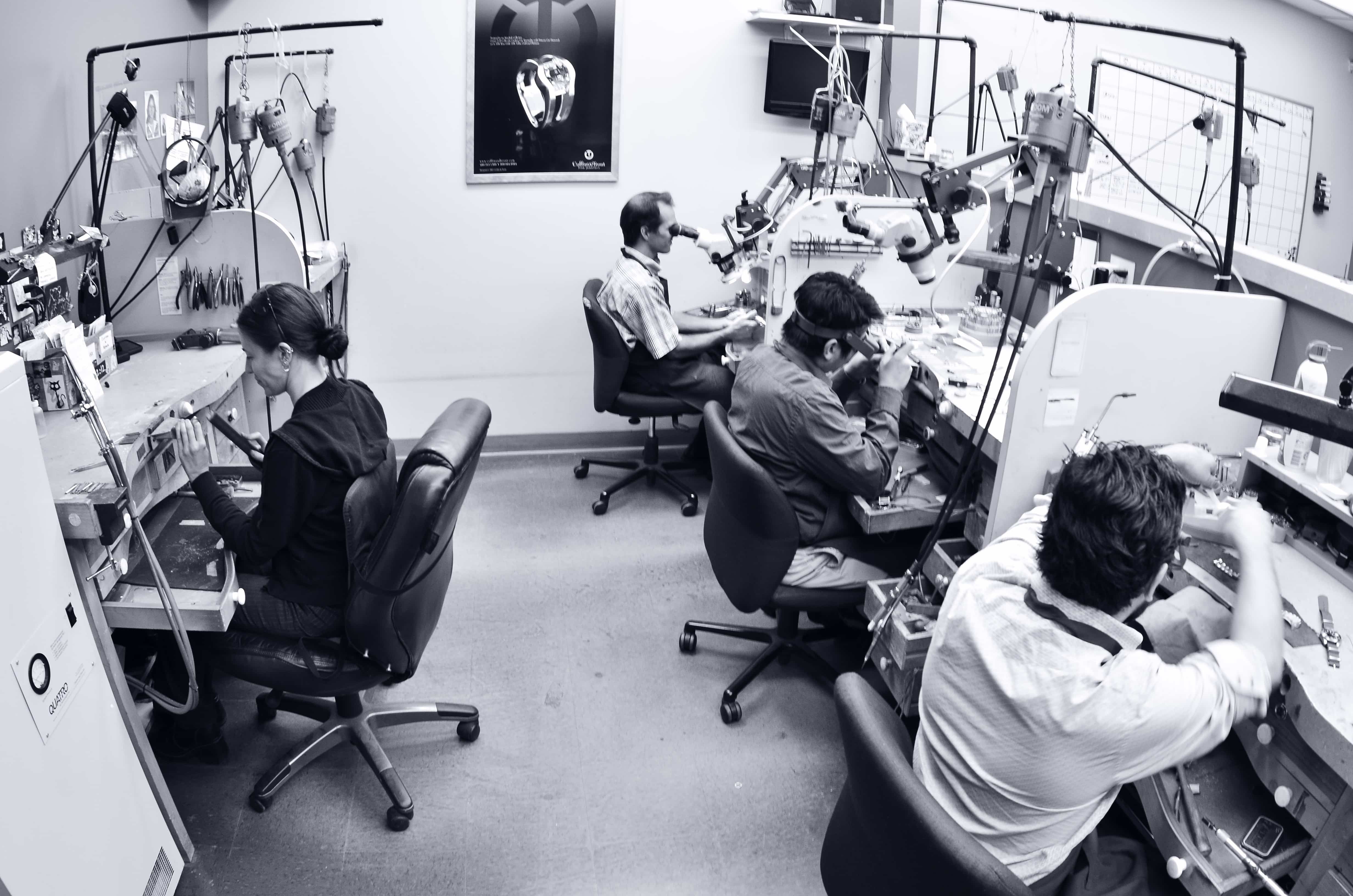
Stone Repair or Replacement
A loose stone often signifies a prong problem, but sometimes, sharp blows to the stone can chip or loosen it. In the latter case, after an examination, your jeweler may be able to recut or reset the gem to mask the damage. Otherwise, a full replacement may be needed.
Signs of an Inexperienced Jewelry Repair Technician
A master jeweler will be able to meet any of your repair needs. If you go to an unqualified or entry-level technician, you may end up doing more damage to your jewelry. These are some of the biggest mistakes an inexperienced technician might make.
Repair Marks
Expert repair professionals will have high-quality tools that are thoughtfully chosen for your specific repair needs. As a result of this careful selection, you shouldn’t see any trace of their work. Less experienced technicians may have lower-quality tools which end up leaving marks behind.
Another common sign of bad jewelry repair is visible seams where metal has been cut or soldered to form a bond. These seams are more acceptable among hard-to-work with metals, such as platinum, but an experienced technician should be able to seamlessly repair the majority of metals.
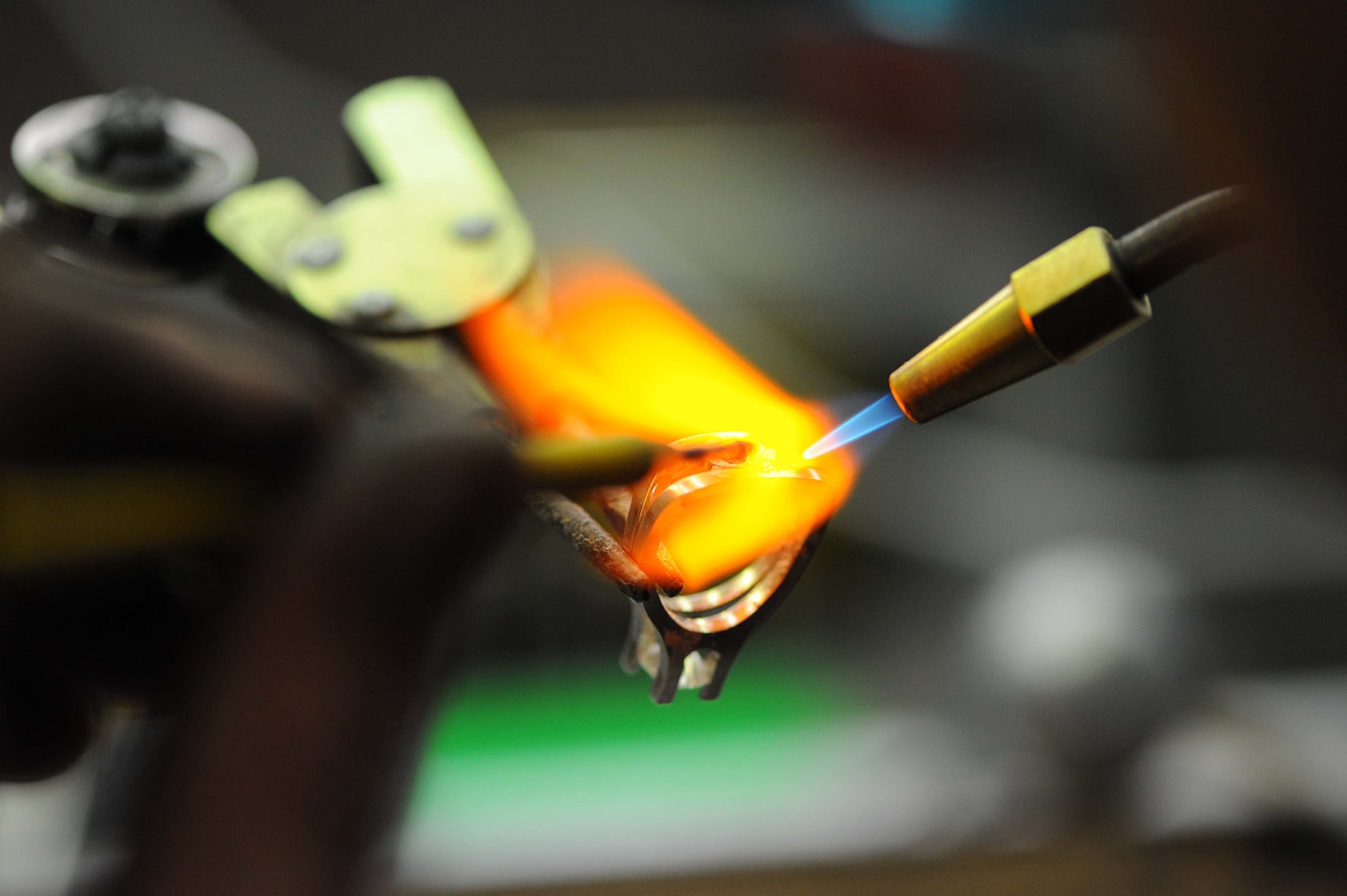
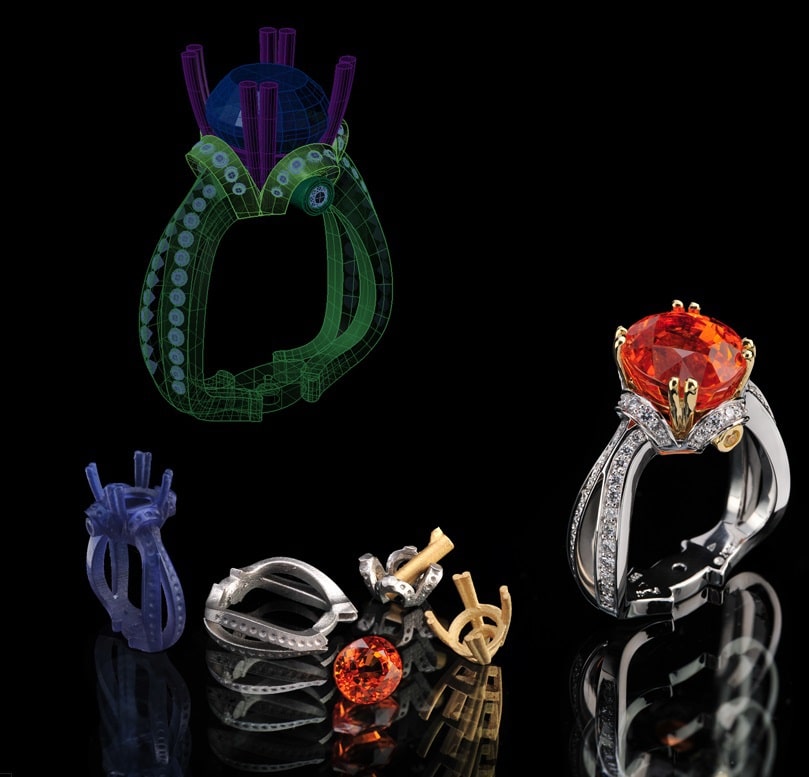
Damaged Gemstones
For many jewelry items, like engagement rings, the diamond or gemstone is the star of the show. Even on more understated pieces, you want to know that your gemstones aren’t going anywhere. It’s your repair technician’s job to properly adjust the prongs on your ring so they keep your stones secure. If they tighten the prongs too much, you may notice cracks or scratches on your stones.
Varying Band Thickness
Ring resizing is a common jewelry repair service, but it is best done by an expert repair technician. If an inexperienced technician adjusts the band to a smaller size, you may see the seams. If they stretch the ring to make it larger and do not add any additional metal, you may notice the band isn’t uniform in thickness.
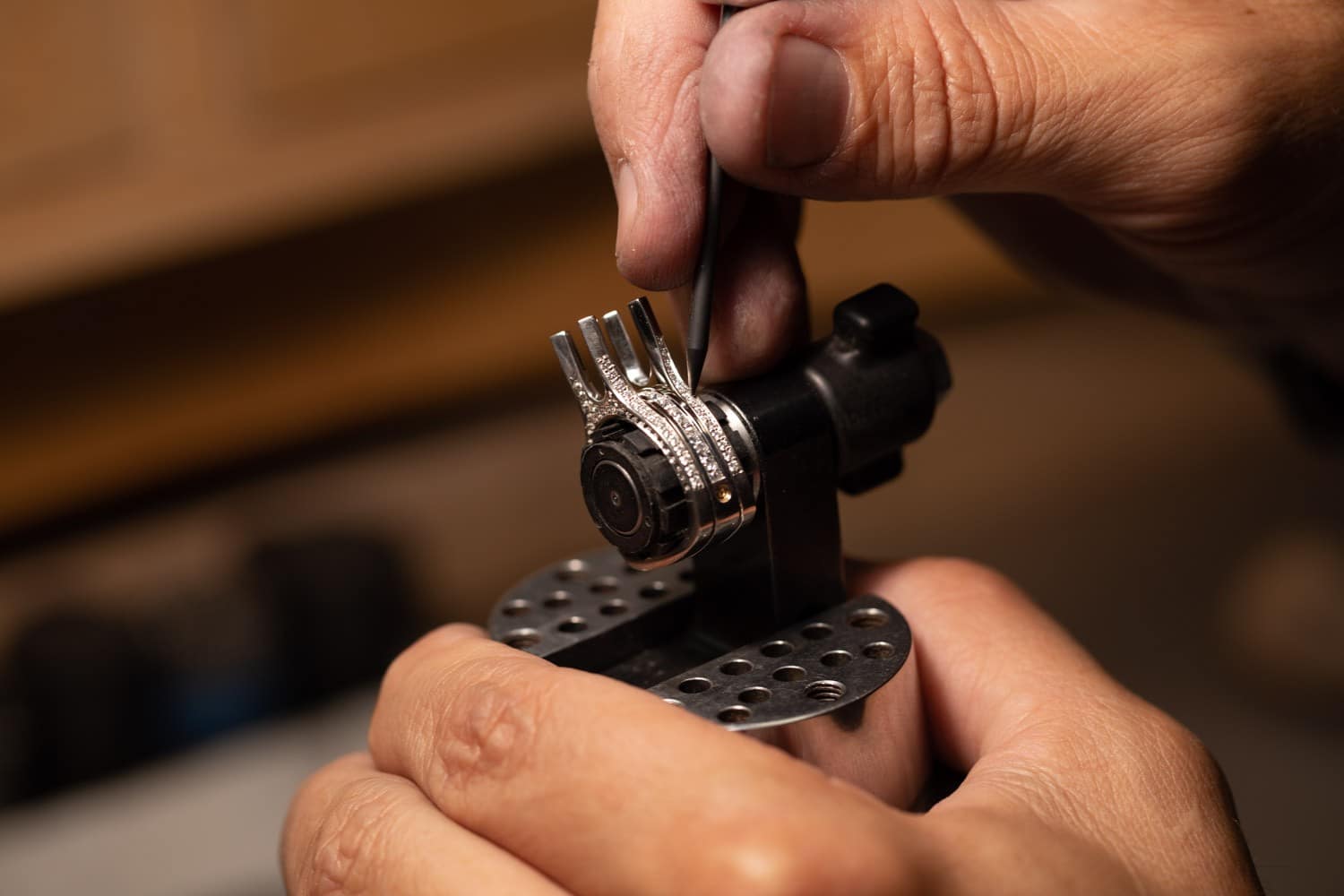
The Professional Approach
At Coffin & Trout, our repair services are backed by advanced repair technology, decades of experience, and an unmatched dedication to our customers. Contact us today or stop by our showroom to learn more about the Coffin & Trout difference.





